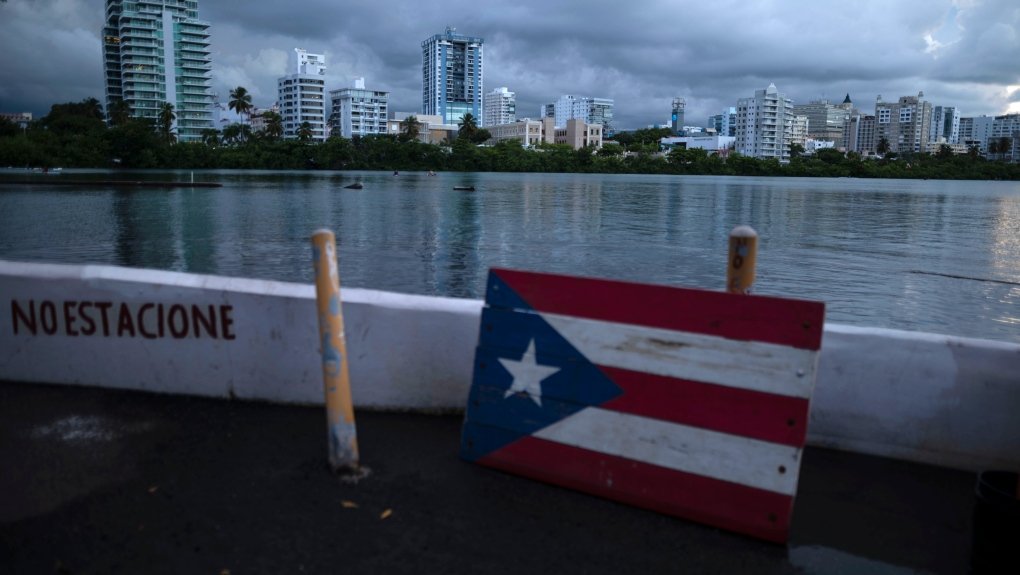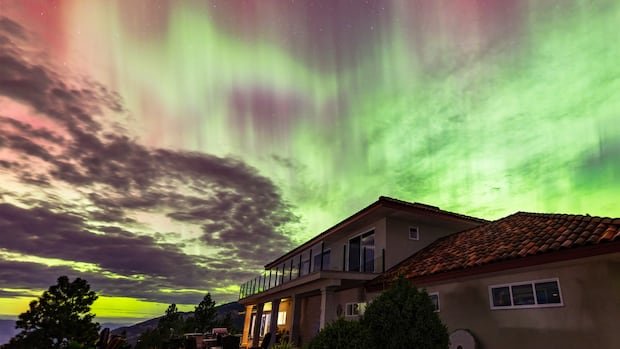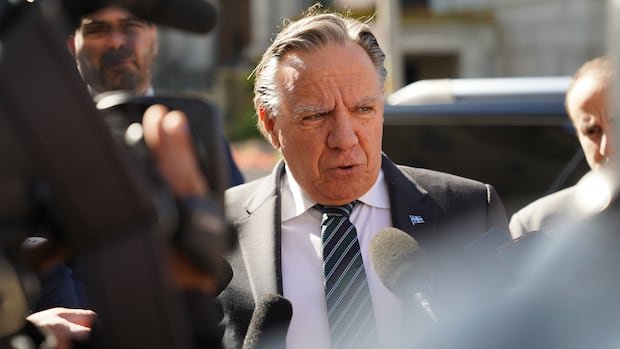SAN JUAN, Puerto Rico –
A blackout affected almost all of Puerto Rico early Tuesday as the US territory prepared to celebrate the New Year, leaving more than 1.3 million customers in the dark. Officials said it could take up to two days to restore power.
The blackout hit at dawn, plunging the island into an eerie silence as appliances and air conditioners shut down before those who could afford generators turned them on.
“It had to be December 31st!” exclaimed a man, who only identified himself as Manuel, as he stood outside a grocery store in the capital of San Juan, complaining about the blackout that coincided with his birthday. “There is no happiness.”
Nearly 90 percent of the 1.47 million customers across Puerto Rico were left in the dark, according to Luma Energy, a private company that oversees the transmission and distribution of electricity.
Luma said in a statement that it appears the outage was caused by a fault in an underground power line, and said it is restoring power “as quickly and safely as possible.” A Luma spokesman told The Associated Press that the incident was under investigation.
The blackout stoked simmering anger against Luma and Genera PR, which oversees power generation in Puerto Rico, as a growing number of people call for their ouster.
Governor-elect Jenniffer González Colón, who will be sworn in on January 2, has called for the creation of an “energy czar” to review potential contractual breaches by Luma while another operator is found.
“We cannot continue to depend on an energy system that fails our people,” he wrote in X, adding that stabilizing Puerto Rico’s energy grid would be his top priority in office.
Meanwhile, Governor Pedro Pierluisi said he was in contact with Luma and Genera PR, and added in X that “we are demanding answers and solutions.”
US President Joe Biden spoke with Pierluisi on Tuesday night about the blackout and offered federal assistance. Biden also spoke with US Energy Secretary Jennifer Granholm and ordered her to offer any help necessary to speed up the restoration of power to the island.
The blackout forced businesses, parks and several shopping centers to close, and the government announced limited hours for some of its agencies. Workers checked on hundreds of bedridden patients.
Other Puerto Ricans began to make plans for the future.
“I’ll go to my balcony. That’s where I’ll sleep,” Raúl Pacheco said with a shrug, as the 63-year-old diabetic sat in a walker tending to his injured foot.
Julio Córdova, a municipal worker, said he dressed by the light of his cell phone and planned to buy candles.
“This affects me because I had plans. Couldn’t it have been yesterday or tomorrow?” he said, shaking his head as he raked the leaves.
While blackouts are rare in Puerto Rico, the island struggles with chronic power outages attributed to a crumbling power grid that was devastated by Hurricane Maria, a Category 4 storm in September 2017.
However, the system was already in decline after years of lack of maintenance and investment.
Only recently did crews begin making permanent repairs to Puerto Rico’s power grid after Hurricane Maria. The island continues to rely on generators provided by the U.S. Federal Emergency Management Agency to help stabilize the grid.
In November, Puerto Rico’s government asked U.S. officials for permission to continue using more than a dozen portable generators for two more years.
Some Puerto Ricans took the latest blackout in stride.
“They are part of my daily life,” said Enid Núñez, 49, who said she had breakfast before work thanks to a small gas stove she bought for these types of events.
Meanwhile, the Puerto Rico Electric Power Authority is struggling to restructure more than $9 billion in debt, the largest of the island’s government agencies.
Oil-dependent power plants generate more than 60 percent of Puerto Rico’s energy, followed by natural gas and coal. Rooftop solar accounts for only about seven percent of electricity consumption on an island with a poverty rate of more than 40 percent.









